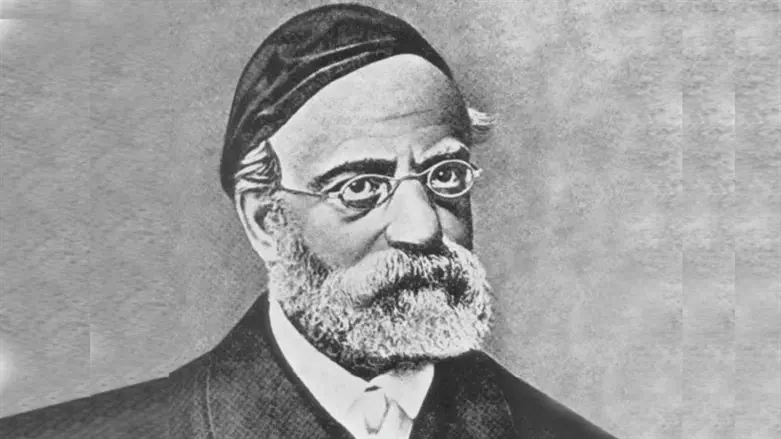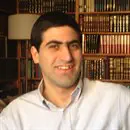
Numbers 7:10 refers to the “chanukas hamizbei’ach” – the initiation or consecration of the altar. “Chanukas” is clearly related to the Hebrew words for education, “chinuch,” and strangulation, “chenek.” But why? In what sense are these words related?
Rav Samson Raphael Hirsch writes that “ch-n-ch” means “the introduction of an object into its purpose.” Introducing an altar or a house (a chanukas habayis) into its purpose is called consecration. Introducing a person into his purpose is called education, chinuch.
But what is the connection between these words and strangulation? Rav Hirch explains: Strangulation constrains. A person being choked can’t breathe. His ability to do much of anything is, to put it mildly, severely limited.
Consecration, by definition, constrains as well. When you consecrate an object, you restrict it to one specific purpose. Before consecration, the structure of a house can be used for anything. It is “available for all possible purposes and therefore exclusive for none,” writes Rav Hirsch. With consecration, the house has been designated for one “exclusive and exclusionary purpose.”
Education similarly constrains. A child is born a wild animal in many respects. Left to his own devices, a child will draw on walls, break dishes, hit anyone who gets in his way, throw temper tantrums, etc. The whole point of education is to constrain and shape a child’s raw human nature – i.e., to civilize him.
But chinuch is not chenek. Chenek ends in a kuf, which is a very harsh sound. Chinuch ends in a chof, which is a soft sound. Education resembles strangulation in that it constrains, but it does so in a much looser sense.
Rav Hirsch writes: “Through chinuch, a young person gets – not a corset – but a spiritual garment in which to move. … It is, of course, a limitation, but one that gives all [his budding spiritual and physical life] forces the most appropriate and therefore the most satisfying scope.”
As Rav Hershel Schachter points out (in the name of one of his teachers): The Gemara (Berachos 8a) speaks of “the four amos of halacha,” not the twoamos of halacha. The imagery is one of a square, not a line. “The Torah doesn’t dictate to us to follow a straight and narrow line, but rather to stay within a certain area of acceptable behavior,” he writes.
So education (chinuch) – like strangulation (chenek) – constrains, but it leaves the human spirit more than enough room to breathe. Indeed, its very purpose is to enable that spirit to soar.
Rav Samson Raphael Hirsch (1808-1888) – head of the Jewish community in Frankfurt, Germany for over 35 years – was a prolific writer whose ideas, passion, and brilliance helped save German Jewry from the onslaught of modernity.
Elliot Resnick, PhD, is the host of “The Elliot Resnick Show” and the editor of an upcoming work on etymological explanations in Rav Samson Raphael Hirsch’s commentary on Chumash.
...
